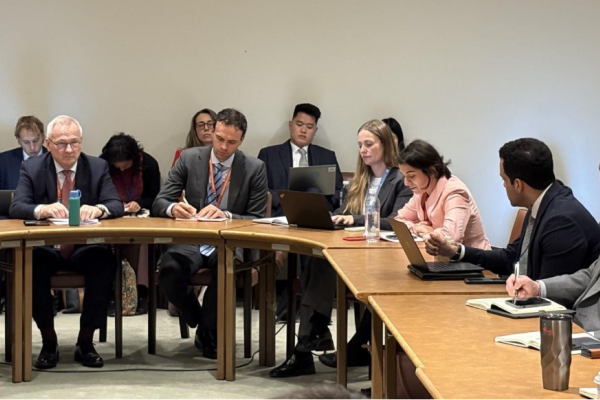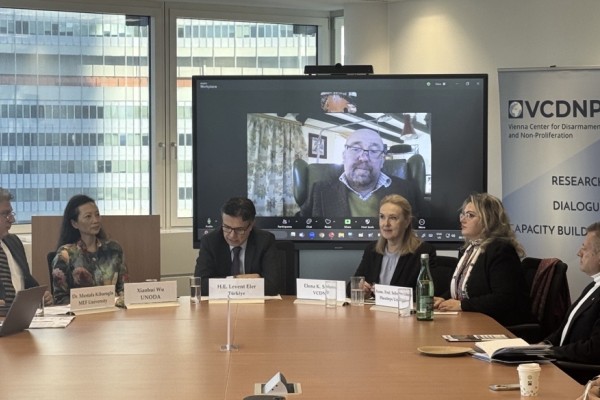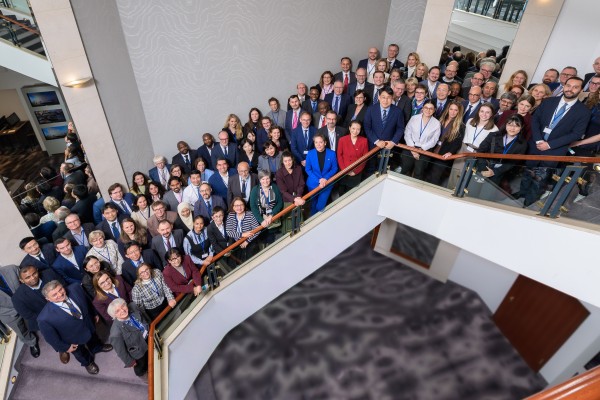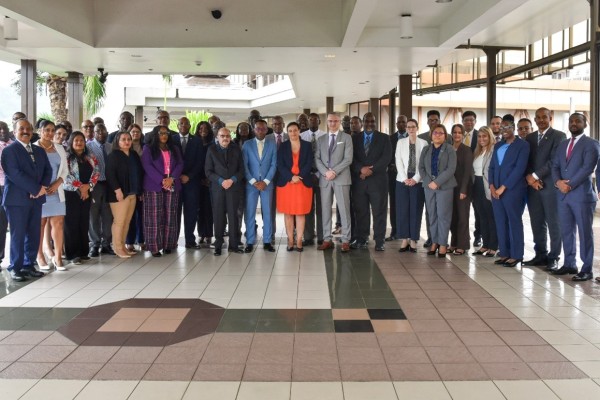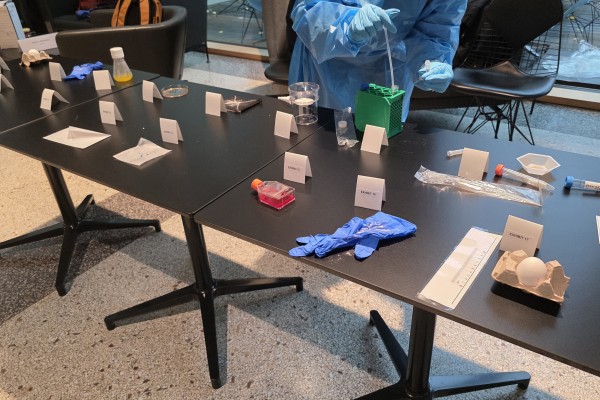On 27 October, the United Nations Institute for Disarmament Research (UNIDIR) launched its new Science and Technology Watchtower project on the margins of the United Nations General Assembly First Committee. Supported by the European Union, the three-year initiative aims to monitor disarmament-related scientific and technological (S&T) developments across three domains — weapons of mass destruction, conventional arms, and information and communication technologies — with dedicated experts in each domain expected to assess trends and disseminate findings.
Opening remarks
Kicking off the discussion, Gosia Loj (Deputy Head of the UNIDIR Science and Technology Programme) introduced the Watchtower project and thanked the European Union for its support. Michal Karczmarz (Chair, European Union Council Working Group on Conventional Arms Export) highlighted the role of non-proliferation and arms control in European Union strategy, describing the UNIDIR project as an effort to build a metaphorical “tower” with an adequate view to monitor and analyse relevant S&T developments.
Anmol Sher Singh Bedi (Senior Disarmament Advisor, Permanent Mission of India to the Conference on Disarmament) underlined India’s efforts in the First Committee to advance work on these issues, notably through resolution 72/28 on the “Role of science and technology in the context of international security and disarmament”. Noting that the changing technological landscape presented both risks and opportunities for global security, he stressed both the importance of inclusive multi-stakeholder governance and the value of existing mechanisms.
Federico Mantellassi (Researcher, UNIDIR Science and Technology Programme) introduced the three-year project in more depth, including its key functions of horizon-scanning and assessment by networks of experts in each domain. He stressed the need to identify cross-cutting trends and collaborate accordingly to effectively monitor S&T developments.
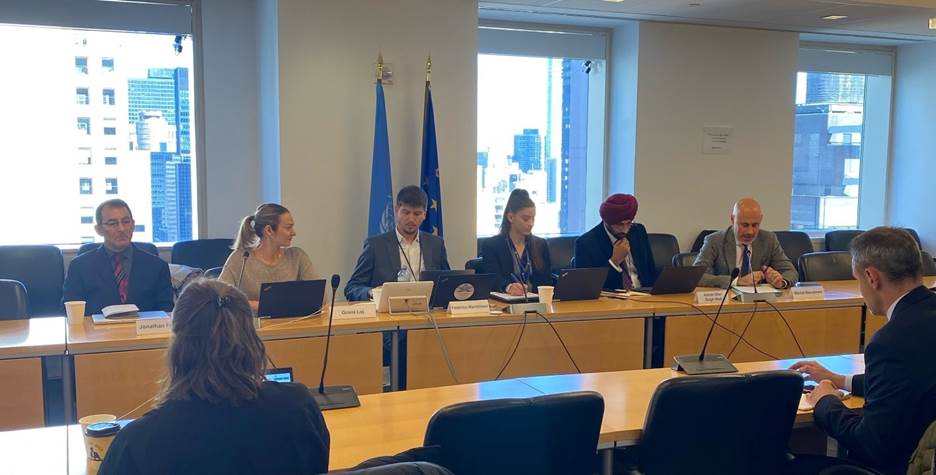
Main discussion
The Co-Chairs of each Watchtower network took part in a discussion moderated by Ms. Loj. Jonathan Forman (Science and Technology Advisor at Pacific Northwest National Laboratory and Co-Chair of the UNIDIR S&T Watchtower Chemical and Biological Weapons Expert Network) provided an overview of existing S&T monitoring efforts, including by the Organisation for the Prohibition of Chemical Weapons (OPCW) Scientific Advisory Board. He also shared best practices that included establishing credibility through geographical representation, continuity, trust-building and effective communication. Manpreet Sethi (Head of the Centre for Air Power Studies’ Nuclear Issues Programme and Co-Chair of the UNIDIR S&T Watchtower Nuclear Weapons Expert Network) highlighted the importance of S&T monitoring and the risks and opportunities of emerging technologies. She referenced new applications of technology in the nuclear field — such as applying AI for safeguards monitoring and mobile phones for radiation detection — and highlighted the need for political willingness to foster knowledge-sharing on S&T developments. Rueben Dass (Senior Analyst at the International Centre for Political Violence and Terrorism Research, S. Rajatnaram School of International Studies, and Co-Chair of the UNIDIR S&T Watchtower Conventional Arms and Ammunition Expert Network) shared S&T insights affecting the conventional weapons domain, including developments pertaining to additive manufacturing and financial technologies (blockchains and cryptocurrencies). He emphasized the importance of including S&T monitoring in relevant disarmament instruments.
Key themes and outcomes
During the panel discussion, the Co-Chairs of the Watchtower networks highlighted the importance of monitoring S&T developments to inform the implementation of existing disarmament instruments. They noted the rapid pace of technological developments, referring to specific examples across domains, and emphasized the importance of data to inform decision-making. Developments in artificial intelligence, quantum computing, additive manufacturing and financial technologies were described as offering both risks and opportunities for disarmament and non-proliferation efforts. Acknowledging current challenges, the Co-Chairs underlined the importance of geographical representation and of effective communication between the scientific and policy communities.
Q&A
During the question-and-answer session, Giacomo Persi Paoli (Head of the UNIDIR Security and Technology Programme) asked panelists for further insights regarding the physical footprint of AI, small modular reactors, the impact of geopolitics on the scientific community and the ideal stage to identify S&T developments of interest for the disarmament community. Jonathan Forman noted that investments in science are shaped by national priorities and geopolitical developments. He also argued that international cooperation in science has always faced ups and downs. Manpreet Sethi recognized the potential of nuclear energy to help meet energy demands for S&T development while underlining the need to establish regulatory and oversight regimes for small modular reactors. Rueben Dass stressed the importance of identifying risks as early as possible and communicating them to policy-makers.
Closing remarks
Gosia Loj thanked the participants and project team for their contributions to the discussion. She added that facilitating dialogue would remain an objective of the Watchtower project and encouraged continued engagement with the team over the next three years.
Additional information
UNIDIR, Watchtower event page, 27 October 2025.
